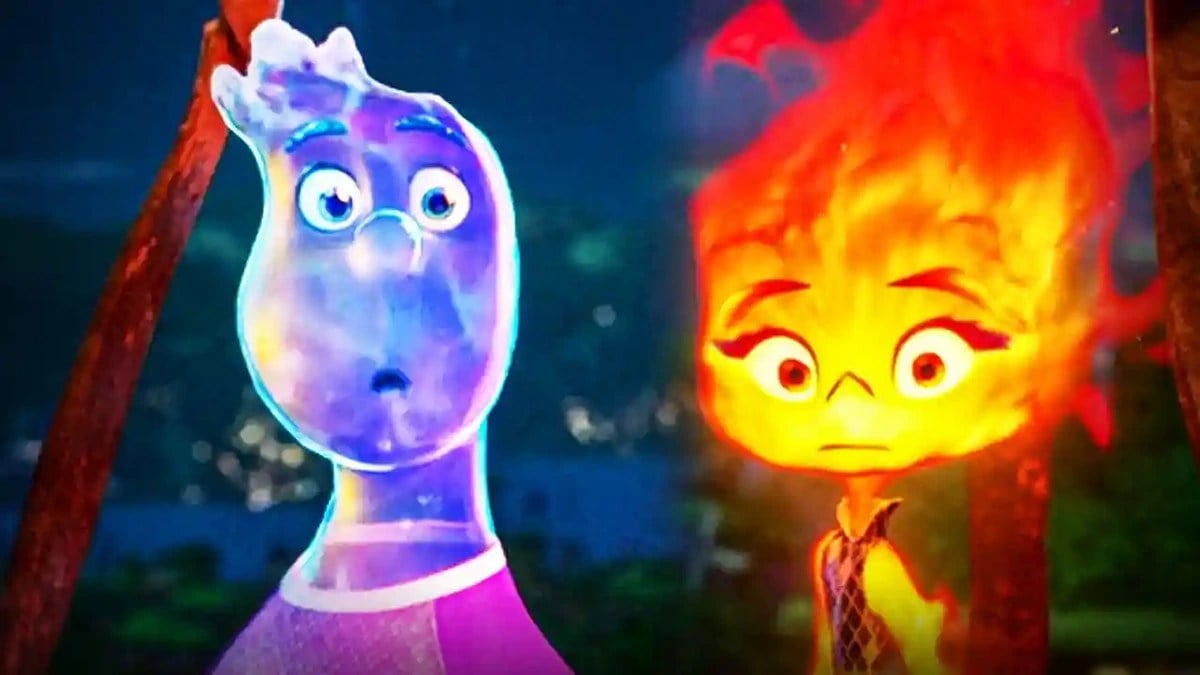Over its 30-year catalog of computer-animated features, you’ve probably noticed that there are Easter eggs that link each Pixar film together — from the many appearances of the Pizza Planet truck to the fictional mega-corporation Buy ‘N’ Large. Using these as signposts, can someone possibly watch all Pixar movies in chronological order? Enter the “Pixar Theory.”
Here is the timeline of Pixar movies, including their latest release, Elemental, and when they happen in the Pixar Universe.
What is the Pixar Theory?
The book The Pixar Theory, by author Jon Negroni, proposes that all Pixar films can be watched in chronological order, following an unofficial timeline of the events depicted in the films within a shared universe. While Pixar’s history dates back to 1979, Toy Story was the studio’s first foray into feature films in 1995. Pixar has produced a total of 27 feature films, and there’s an intriguing theory that links them all together in a shared cinematic universe.
The Pixar film chronology begins with 2023’s Elemental, which envisions a world inhabited solely by the elements of the Earth. Humans were introduced in this chronology in 2015 with The Good Dinosaur, which introduces an alternate universe in which the asteroid thought to have wiped out the dinosaurs passes Earth. Animals exhibit advanced intelligence early on in this new timeline, eventually giving way to human dominance.
The Pixar Theory then delves into the human exodus from Earth, which leads to the rise of machines and, inevitably, the world depicted in 2001’s Monsters, Inc.
What is the order of the Pixar Theory timeline?
Below is the order of the Pixar Theory timeline, which can be used as a guide for what to watch and when. All of these films are available to stream on Disney Plus.
- Elemental (Release Date: 2023, Theory Date: Beginning of Life)
- The Good Dinosaur (Release Date: 2015, Theory Date: Prehistoric Era)
- Brave (Release Date: 2012, Theory Date: Medieval Era)
- Luca (Release Date: 2021, Theory Date: 1950s and 60s)
- The Incredibles (Release Date: 2004, Theory Date: 1950s and 60s)
- Incredibles 2 (Release Date: 2018, Theory Date: 1950s and 60s)
- Lightyear (Release Date: 2022, Theory Date: Early 1990s)
- Toy Story (Release Date: 1995, Theory Date: 1995)
- Toy Story 2 (Release Date: 1999, Theory Date: 1999)
- Turning Red (Release Date: 2022, Theory Date: Late 1990s)
- Finding Nemo (Release Date: 2003, Theory Date: Early 2000s)
- Finding Dory (Release Date: 2016, Theory Date: Early 2000s)
- Ratatouille (Release Date: 2007, Theory Date: Late 2000s)
- Toy Story 3 (Release Date: 2010, Theory Date: 2010)
- Toy Story 4 (Release Date: 2019, Theory Date: Early-Late 2010s)
- Up (Release Date: 2009, Theory Date: Early-Late 2010s)
- Inside Out (Release Date: 2015, Theory Date: Mid-Late 2010s)
- Coco (Release Date: 2017, Theory Date: Mid-Late 2010s)
- Soul (Release Date: 2020, Theory Date: Early 2020s)
- Cars (Release Date: 2006, Theory Date: 2100-2200)
- Cars 2 (Release Date: 2011, Theory Date: 2100-2200)
- Cars 3 (Release Date: 2017, Theory Date: 2100-2200)
- Wall-E (Release Date: 2008, Theory Date: 2800-2900)
- A Bug’s Life (Release Date: 1998, Theory Date: 2898-3000)
- Onward (Release Date: 2020, Theory Date: 3000-4500)
- Monsters University (Release Date: 2013, Theory Date: 4500-5000)
- Monsters Inc (Release Date: 2001, Theory Date: 4500-5000)
How does each Pixar movie fit into the Pixar Theory timeline?
Elemental
There are two schools of thought on how Elemental connects to the rest of the Pixar canon. The first would indicate that it occurs very late in time, well after Monsters, Inc. The second hypothesis places it in the distant past when only inorganic substances such as elements ruled the Earth.
Since you can’t have life without elements, and you can’t have a universe without life, it’s safe to say that the creation of elements started this whole Pixar chain reaction.
The Good Dinosaur
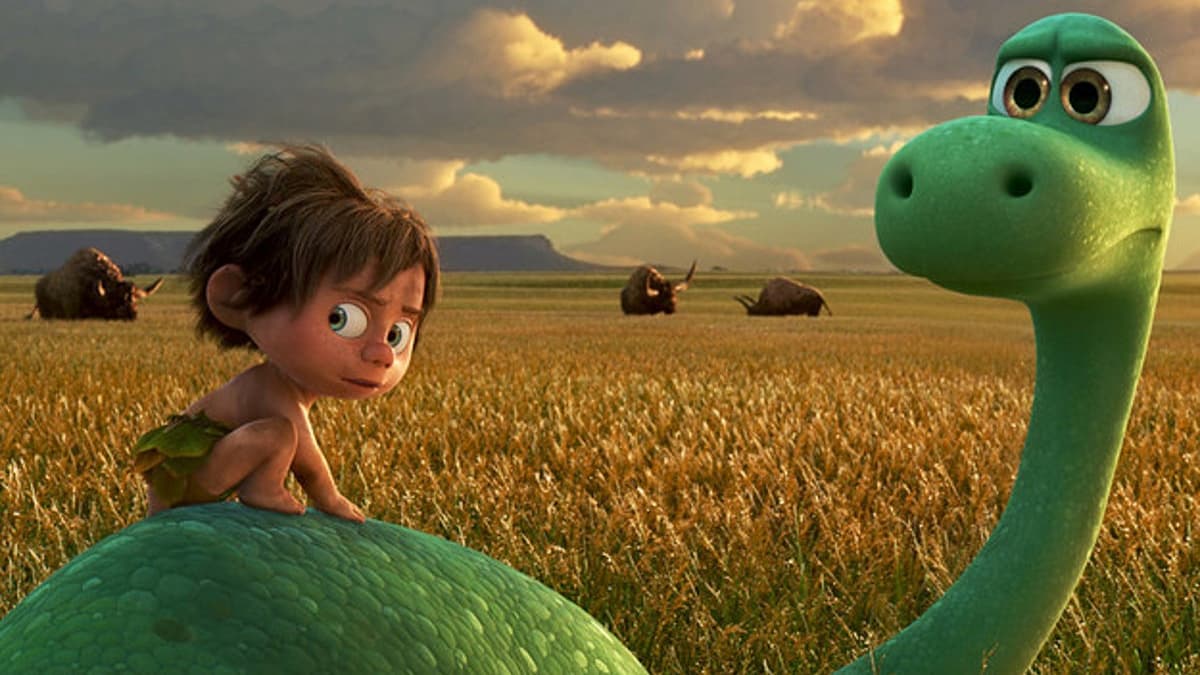
The events of The Good Dinosaur take place in a parallel prehistoric era, where a meteor that would have killed off all dinosaurs in our world 66 million years ago, took a different path instead. Because of these cosmic changes, it was possible for humans and dinosaurs to coexist.
Several million years later, the protagonist, Arlo, a young and timid Apatosaurus who befriends a lost cave boy named Spot, sets out on an adventure to get him back home.
The Pixar Theory proposes that the dinosaurs’ divergence from the extinction event caused by the meteor allowed them to evolve further than anticipated, leading to their higher intelligence. We can connect the universe by seeing a stuffed Apatosaurus in a child’s bedroom in Monsters University.
Brave
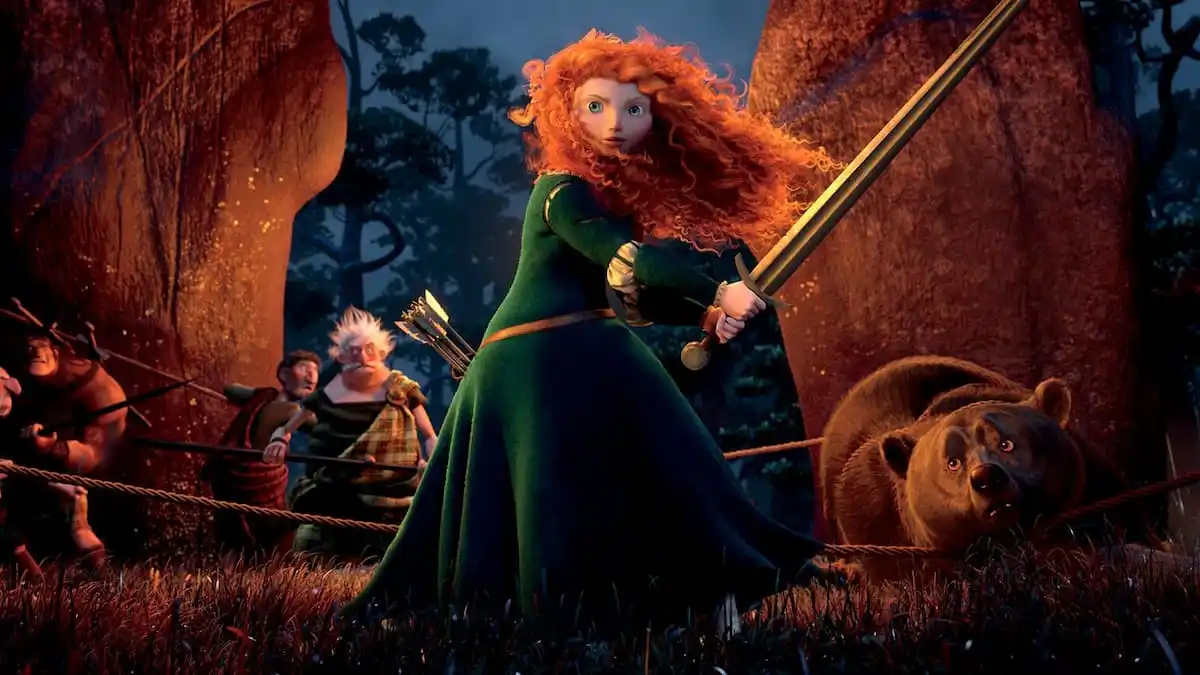
Brave, which takes place in medieval Scotland, depicts the marriage of Merida to the son of a political ally of her father. This union gives rise to conflict between Merida and her mother, Queen Elinor. Following a contentious altercation, Merida solicits assistance from a sorceress, resulting in her transformation into a bear. Consequently, she is compelled to reverse the curse expeditiously to avert any irreversible consequences.
According to the Pixar Theory, it is posited that the witch uses magical abilities to bestow sentience onto animals and inanimate entities, endowing them with human-like characteristics and behavior. Additionally, the witch is said to possess the power to transform people into animals, as well as manipulate time by summoning portals via the utilization of wooden doors.
The film Turning Red exhibits a contemporary interpretation of the narrative found in the 1990s rendition while establishing links to the tale of Monsters Inc. via the use of doors as a means of accessing other realms.
Luca
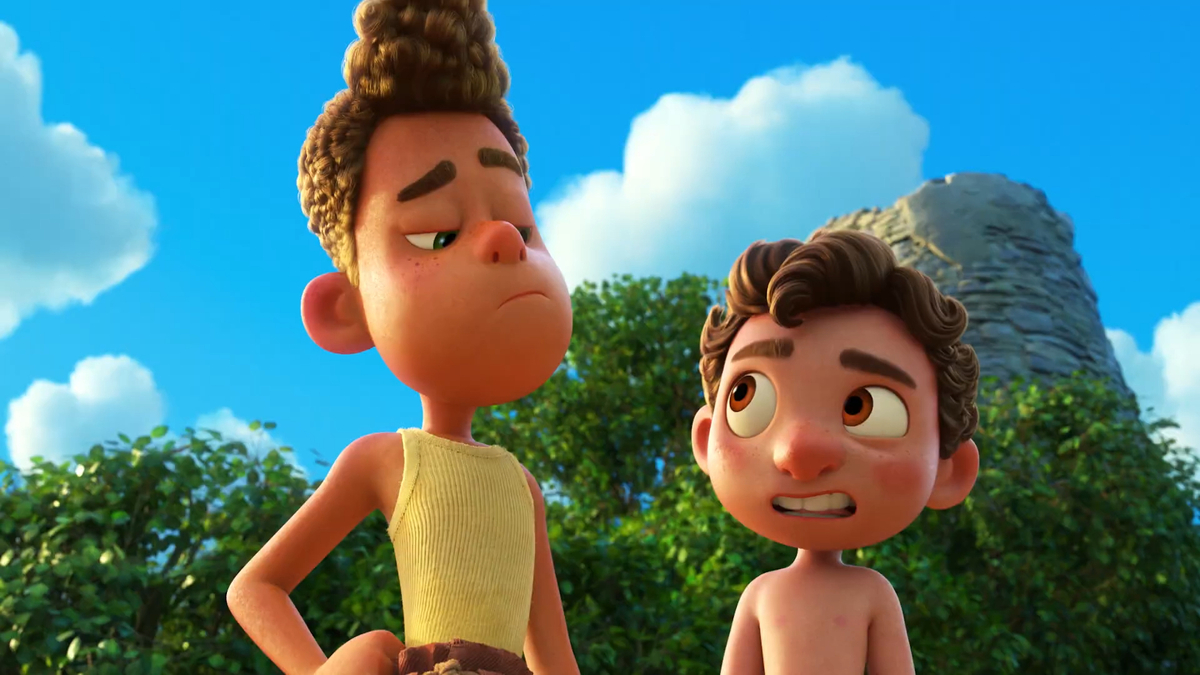
Set in the 1950s in the Italian Riviera, Luca is a sea monster that can transform into a human on land with his friend Alberto, a human youngster who is also a water monster. They spend the whole summer running about Portorosso with a young human girl named Giulia, eating spaghetti, riding Vespas, and racing in the triathlon as humans, making sure no one discovers their secret if they get wet.
Although not definitively established, Luca perhaps establishes a link to the wider Pixar world by including sea creatures. The hypothesis is based on the foundational assumption presented in the film Monsters, Inc., which posits that creatures expelled from Monstropolis are subsequently integrated into human society, often assuming roles within human mythology, such as the Loch Ness monster.
The banished creatures, like the ones shown in the film Monsters, Inc., possess a profound apprehension towards humans and are compelled to conceal themselves in ordinary circumstances. This results in considerable disruption upon their eventual exposure. A similarity may be seen between the sea monsters shown in Luca and the evolved monsters portrayed in Monsters, Inc.
The Incredibles
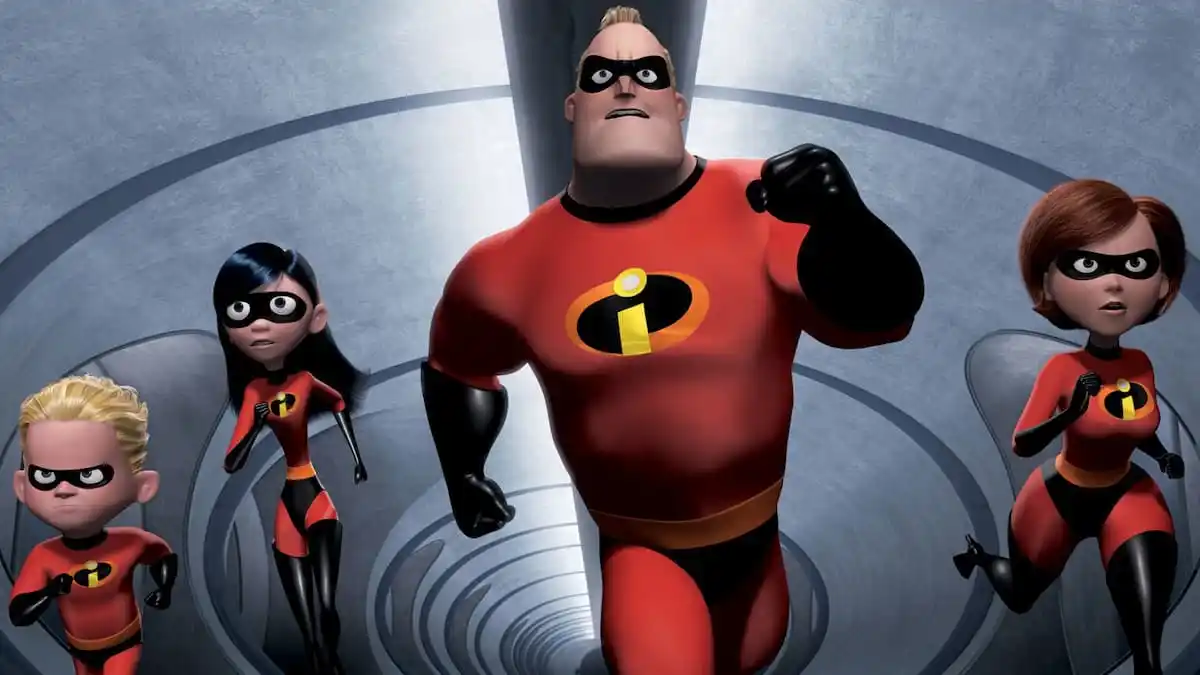
Throughout history, superheroes have served as the custodians of global stability. However, one aspiring hero called Buddy unintentionally became the catalyst for the decline of persons with superhuman abilities. He accomplished this by presenting two significant innovations:
- Autonomous artificial intelligence robots designed for self-serving purposes, as shown by the “Omnidroid.”
- Sophisticated Zero Point Energy technology derived from the extraction and use of electromagnetic energy present in the vacuum.
This event signified a pivotal moment in history, as robots began the eradication of their only adversary – the superhumans. This is pivotal to the PIxar Theory, as we see machines emerge as a threat to humans, a theme that carries on in Wall-E and even Cars.
Lightyear
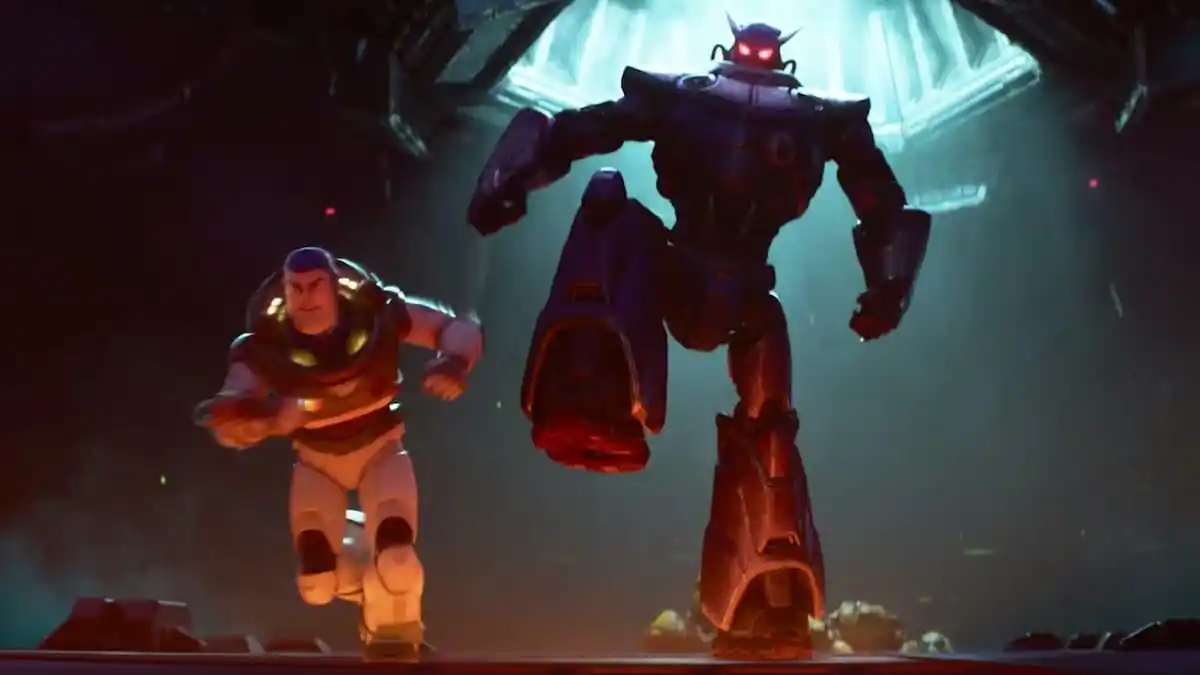
Despite Lightyear being set far into the future — dealing with time travel and quantum physics — its filmmakers make it abundantly clear within the first few minutes that the movie is within a movie. In fact, the actual movie Lightyear is Andy from Toy Story’s favorite and is the basis of why he wants and gets his Buzz Lightyear action figure in Toy Story.
Thus, despite the time outlined in the far extreme future, it’s safe to say that it was planted sometime before 1995 in the Pixar Universe, right before the events of Toy Story take place.
Toy Story
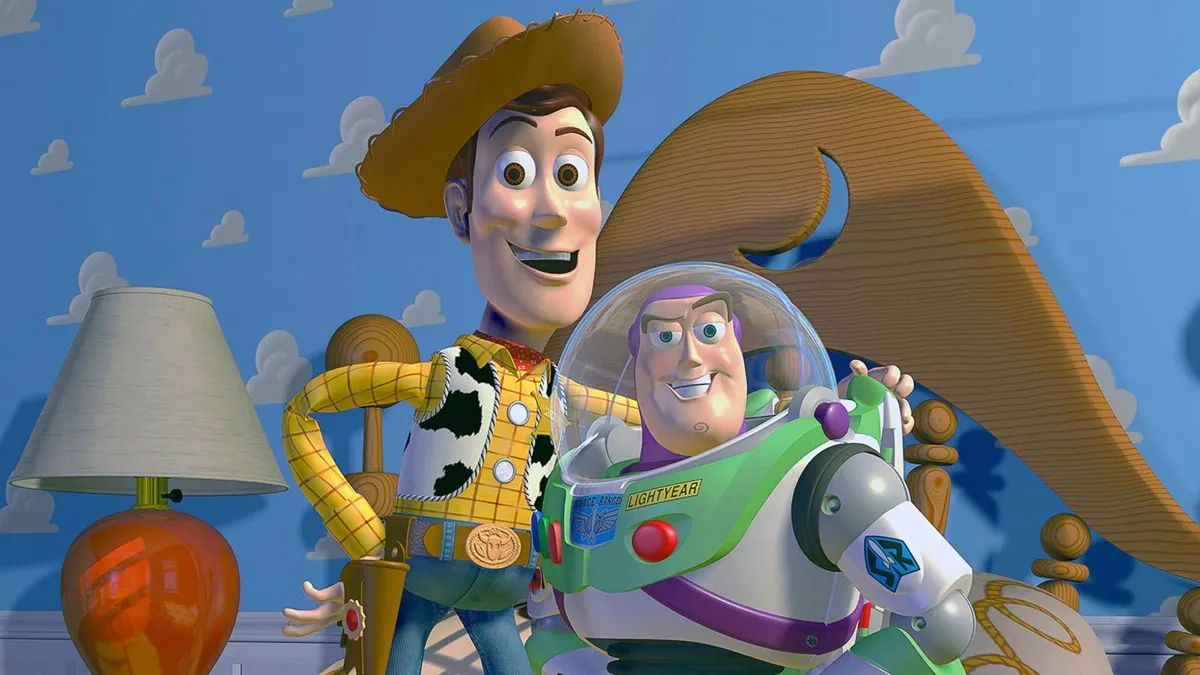
Toy Story is a groundbreaking film that explores the concept of toys possessing feelings. In the presented film, the titular toys exhibit animate characteristics and articulate their emotions during the absence of their human proprietors.
The cinematic production is firmly situated in the year 1995, aligning with its theatrical debut, and unfolds throughout three decades after the events shown in The Incredibles.
The Pixar Theory posits that the multinational corporation BnL is shown as having developed playthings specifically engineered to exploit the potential of human emotions. These toys flourish by capitalizing on these emotions during periods of human absence.
Toy Story 2
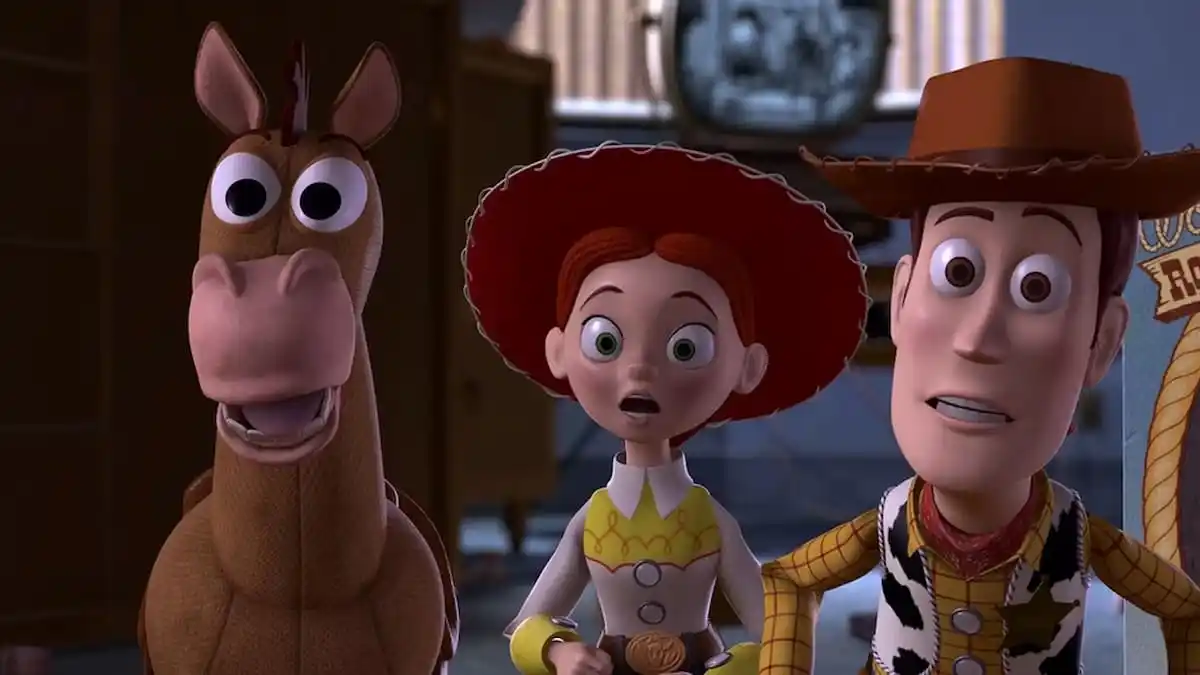
In the second installment of the Toy Story franchise, the toys begin to feel resentment against the people who have abandoned them and begin to doubt their purpose. Jessie has resentment against her former owner Emily for the fact that she outgrew her and then abandoned her. This leads Woody to behave similarly toward Andy for a short while out of fear that Andy would also desert him.
As a result, toys start to feel anger toward their human owners.
Turning Red
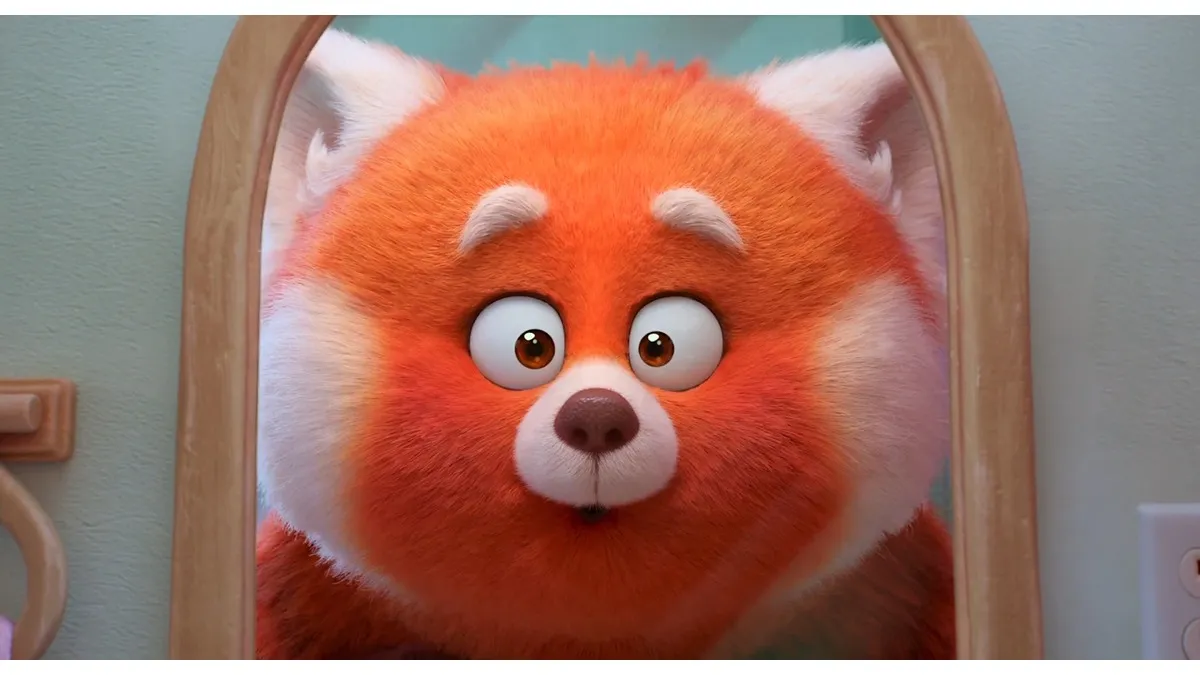
While Turning Red is often interpreted as an allegory for girls’ puberty, the plot takes a mystical turn as Ming, Mei’s strict and overprotective mother, and other women in her family attempt to confine Mei’s red panda spirit within a talisman during a lunar eclipse ritual.
This ceremony suddenly transfers Mei to an astral realm, a relationship that is consistent with the Pixar Theory that connects it to Merida’s experience with the wisps in Brave.
Finding Nemo
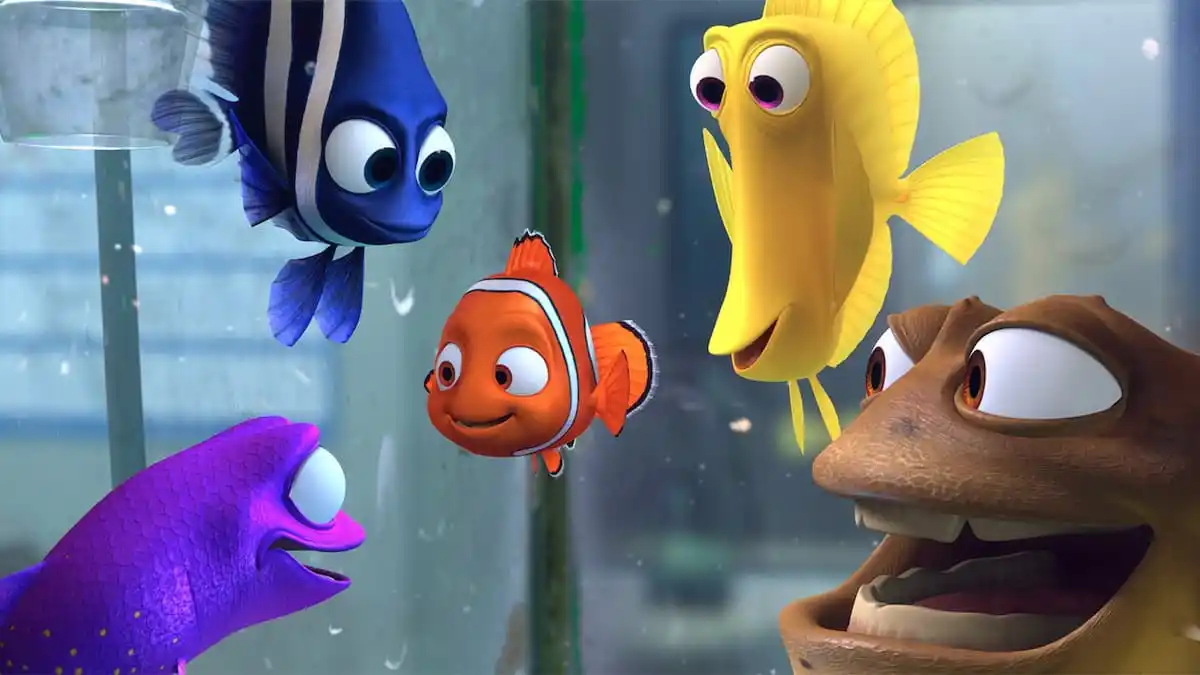
In Finding Nemo, a diver captures Nemo and places him in an aquarium at an Australian dentist’s office. Marlin — Nemo’s domineering and overprotective father — enlists Dory’s assistance in locating him in the Pacific Ocean. Animals detest people for destroying the environment, hunting them, confining them in cages, and experimenting on them, according to the Pixar Theory.
As experienced in Finding Nemo, sea creatures have absorbed aspects of human culture such as schools, stores, and roads.
Finding Dory
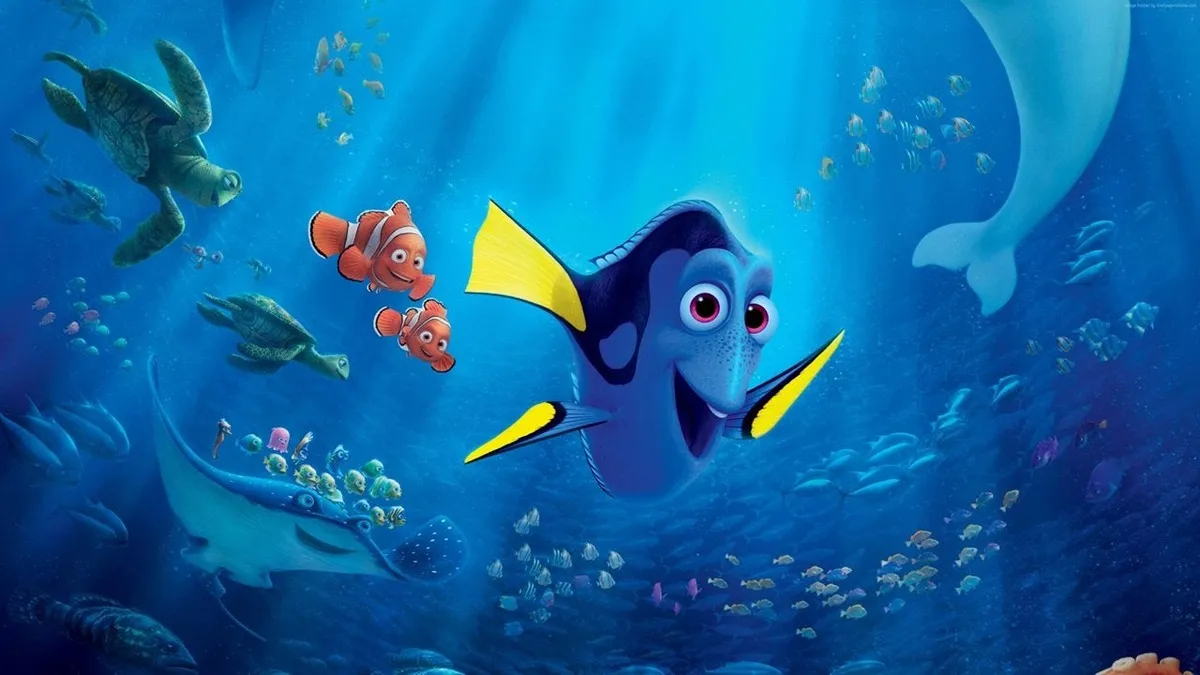
Finding Dory sees Dory seeking the assistance of Marlin and Nemo in order to locate her parents, whom she was separated from when she was a baby regal blue tang. Her character is presented as extraordinarily brilliant despite her short-term memory loss.
Her peculiar upbringing in captivity, as revealed in the sequel, allows her to not only adapt but also read and understand different languages, including whales. This viewpoint suggests a link between an animal’s closeness to people and its intellect.
Ratatouille
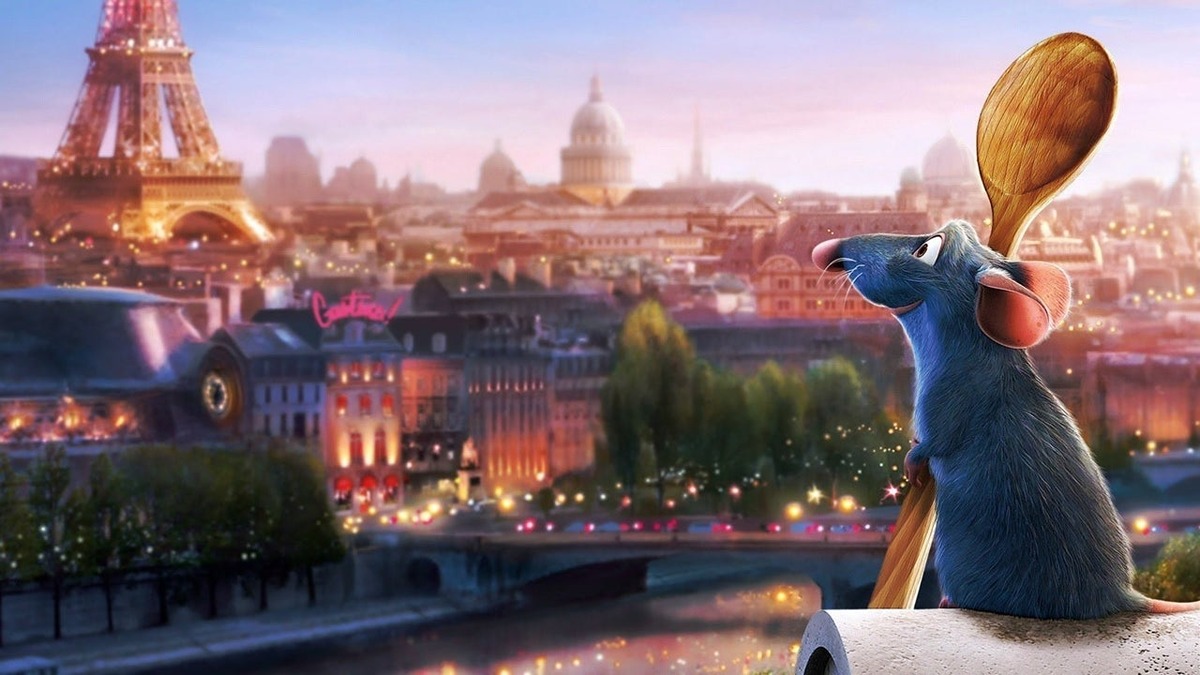
Remy’s culinary obsession leads to the appearance of human-like features in Ratatouille, such as walking on his hind paws, practicing cleanliness, reading, and demonstrating amazing cooking abilities. Notably, this is the first time in Pixar where a human and an animal had personal contact, albeit with the ulterior aim of imposing control over humans.
Remy takes over Linguini’s activities since Linguini lacks skill in a variety of areas. Remy’s rat tribe clearly has a negative attitude towards humans, expressing a combination of dread and hatred in their interactions with people.
Toy Story 3
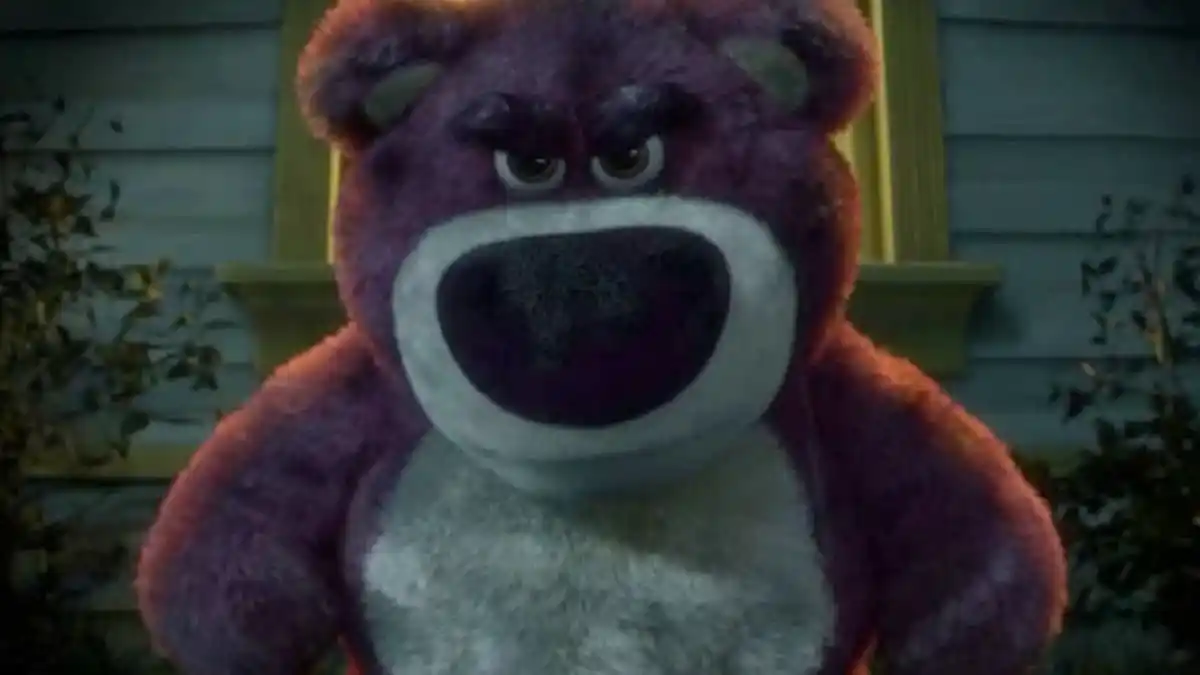
According to the Pixar Theory, when the toys in Toy Story reject human wrongdoing, it represents a bigger subject of inanimate things eventually asserting themselves. Toy Story 3 offers hints to the Pixar universe’s breadth, such as alluding to Pixar world’s interconnection by citing BnL batteries that power Buzz and showing a brief sight of an earlier version of Boo from Monsters, Inc.
These aspects work together to create the impression that the Pixar world is larger than what is immediately apparent in individual films.
Toy Story 4
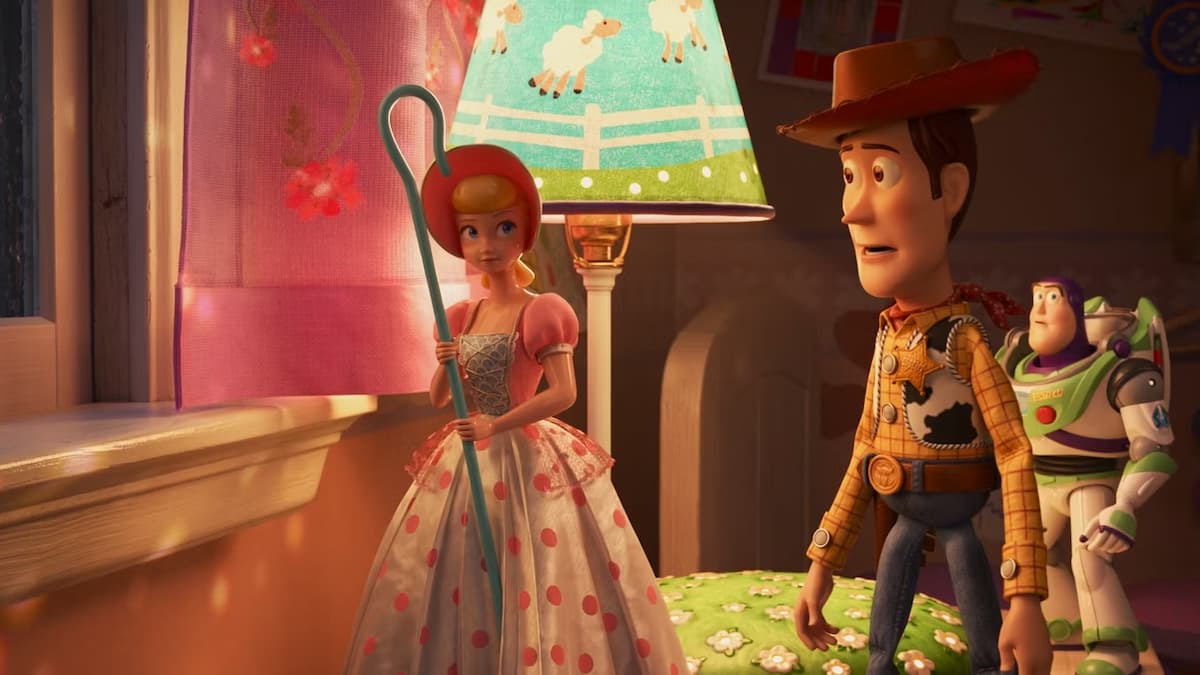
Toy Story 4 significantly aligns with the tenets of the Pixar Theory, emphasizing the idea that toys come to life regardless of their origin – whether they are handcrafted by a child or manufactured by a corporation. The film also provides a thought-provoking exploration of the depth of sentience in these animated toys.
Woody’s evolution into a highly sentient being over his long history with Andy underscores how deep emotional connections and shared memories contribute to the development of an inner consciousness in these characters.
In contrast, Forky, a character crafted from discarded classroom items, embodies a lower level of sentience. His childlike inquisitiveness and ceaseless questioning about the world mirror the curiosity of a human child, highlighting the versatility of the Pixar universes by illustrating the varying degrees of awareness and consciousness that animated toys can attain in their animated world.
Up
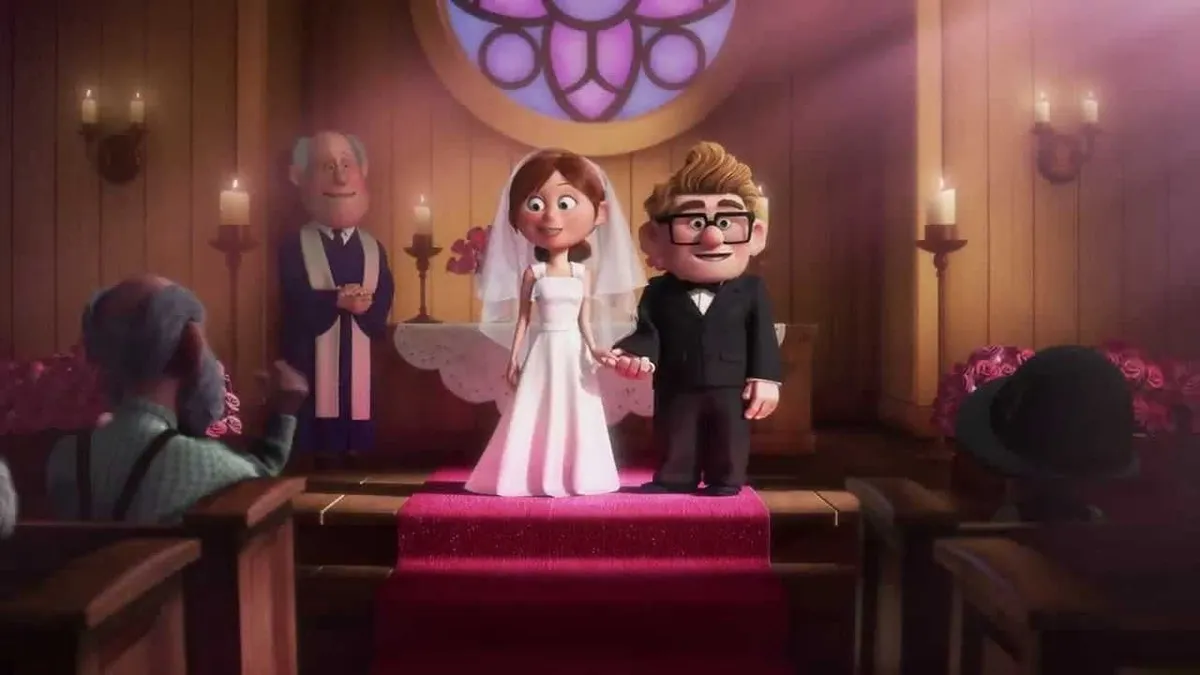
Up‘s protagonist Carl is compelled to surrender his home to a corporate entity, much like BnL, due to the city’s expansion. This corporation’s actions, tied to environmental pollution and unchecked technological advancement, ultimately lead to catastrophic consequences in the distant future, resulting in widespread ecological devastation.
During his journey, Carl makes a remarkable discovery: Animals possess the ability to communicate with humans. He witnesses the deep-seated resentment harbored by these creatures. In a parallel development, Charles Muntz successfully trains a formidable army of dogs.
These events mark the initial stages of a pivotal turning point in the relationship between animals and humans, as tensions escalate and the balance between the two becomes increasingly precarious.
Inside Out
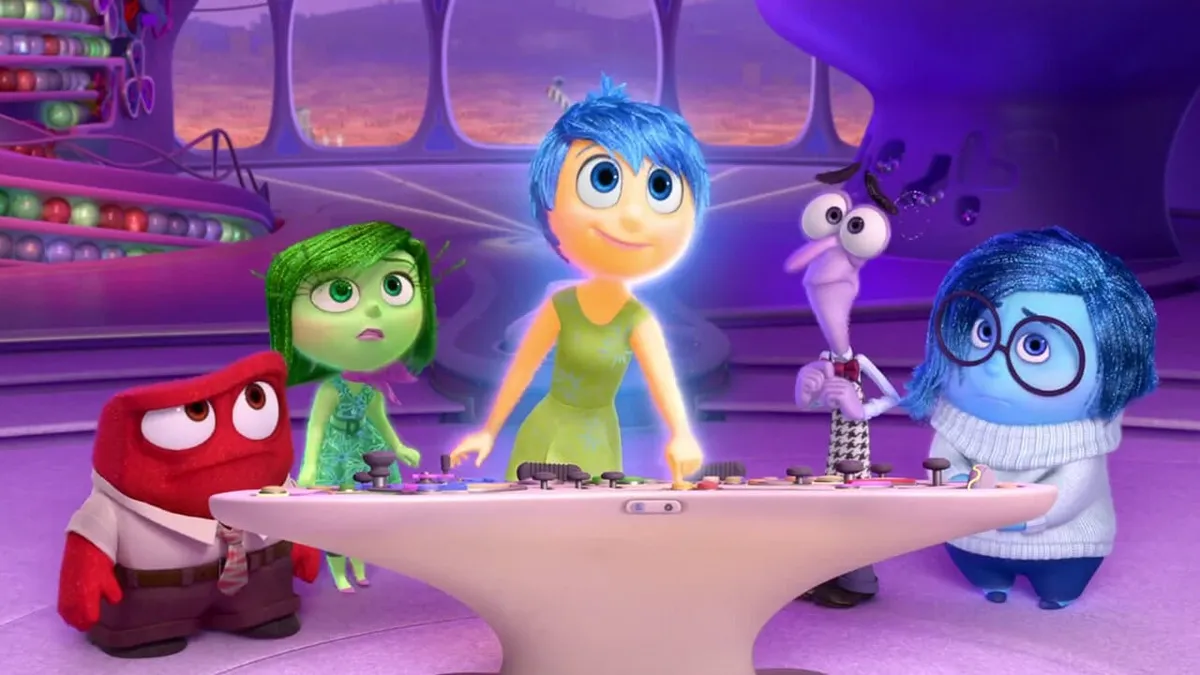
In the realm of 11-year-old Riley’s mind, Joy plays a crucial role as one of her primary emotions, responsible for infusing her thoughts with predominantly happy memories in Inside Out. However, Riley’s world undergoes a significant upheaval when her family relocates from their cozy Minnesota town to the bustling streets of San Francisco, California.
This event leads to the unexpected displacement of her core memories during a struggle with Joy, resulting in the disruption of her personality islands.
Riley then faces an emotional struggle as her inner world is thrown into disarray. The vital personality islands that define her being and emotional well-being become temporarily disabled, leaving her to navigate the complexities of her new life with an altered emotional landscape.
The mysterious persona Bing Bong represents Riley’s buried memory, symbolizing her long-forgotten link with the entity entrusted with extracting her happiness, a narrative thread that unfolds after the film.
This association may seem like a conceptual stretch. Still, its inclusion into the broader theory smoothly interlaces with the narrative fabric, adding an intriguing layer of complexity to a Pixar movie marathon.
Coco
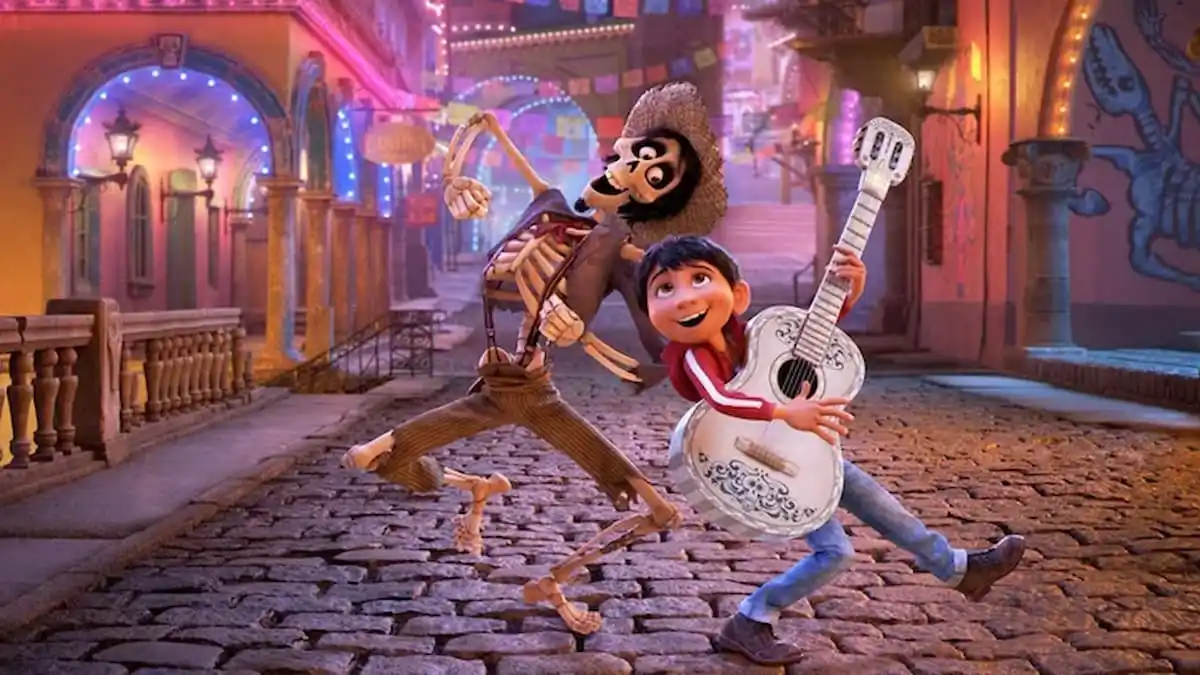
Set during Dia de los Muertos in Santa Cecilia, Coco follows Miguel, a 12-year-old aspiring musician accidentally transported to the Land of the Dead. He seeks help from a long-lost relative to return to the living and overturn a family ban on music.
Coco connects with the Pixar Theory by highlighting the power of memory, where souls persist in the Land of the Dead as long as they are remembered by the living. If forgotten, they face “the final death,” akin to Bing Bong’s fate in Inside Out. This underscores the role of memory in the Pixar universe.
Soul
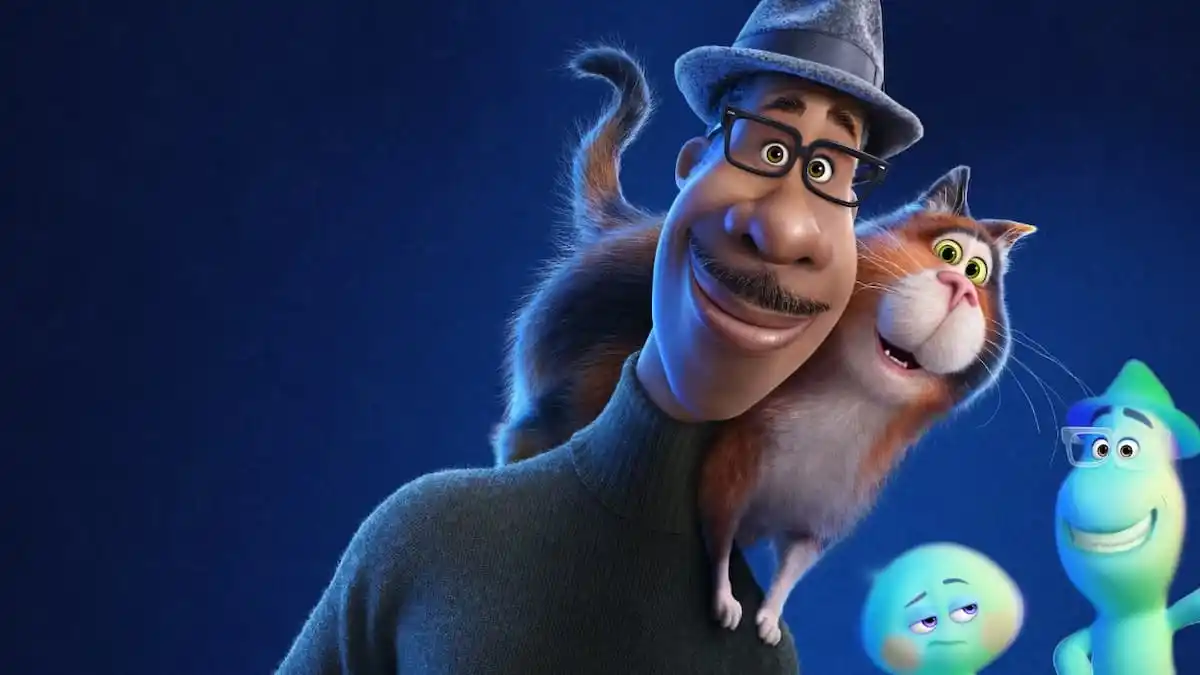
In bustling New York City, Soul follows Joe Gardner, a music teacher with a passion for jazz. Joe’s life takes a surprising turn when he lands in the Great Before, a realm where souls develop personalities. Teaming up with a soul named 22, Joe embarks on a journey of self-discovery and an appreciation for life’s small moments.
Soul resonates with the Pixar Theory by emphasizing the importance of purpose and self-discovery, aligning with the theory’s exploration of memory and existential themes.
Cars
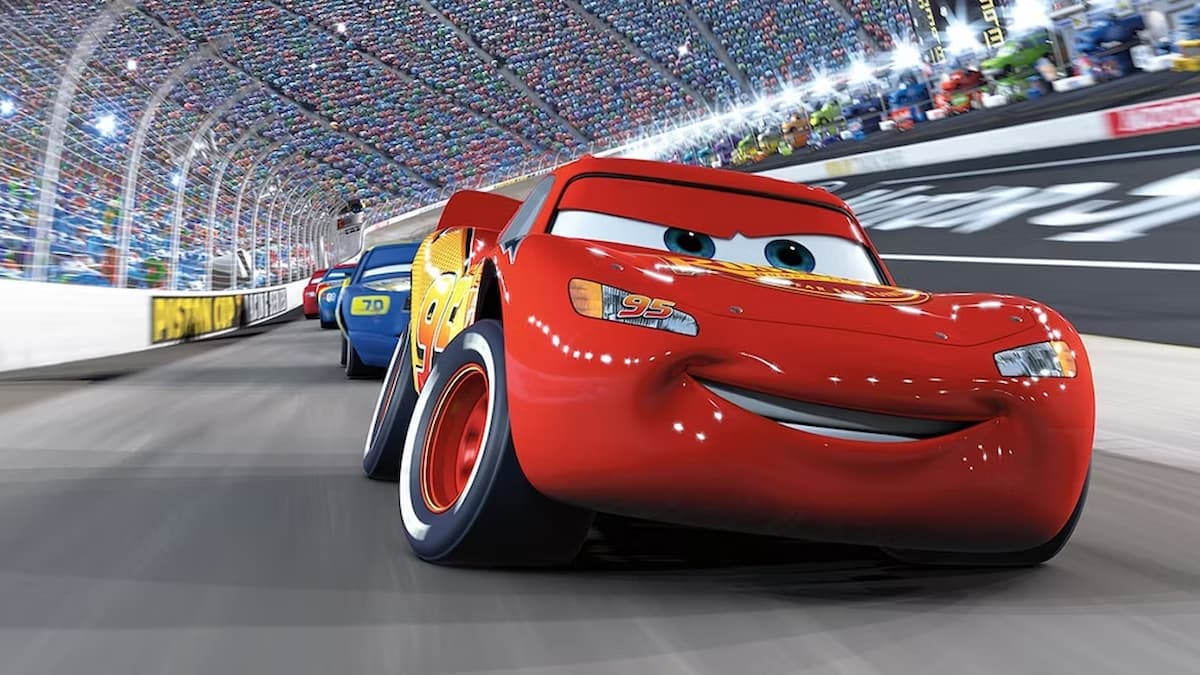
The theory continues to discuss how as animals rebelled against humans in a bid to halt environmental degradation, the machines intervened, ultimately leading to humanity’s triumph in the conflict. However, this intervention by the machines tipped the equilibrium on Earth.
Consequently, Machines/BnL orchestrated the exodus of the remaining humans aboard a vessel named the Axiom, sending them into space. Meanwhile, all other machines remained behind to govern the planet and ensure its continued operation.
Cars 2
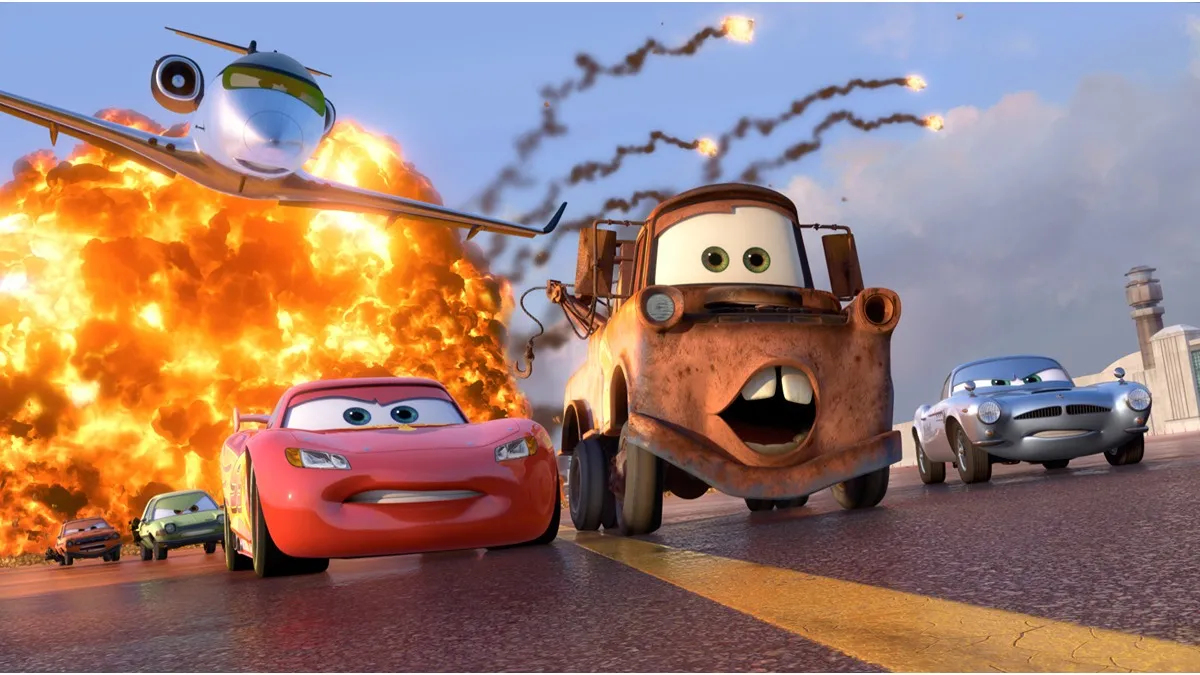
In Cars 2, Lightning McQueen and his friends become embroiled in a global espionage adventure. The film explores themes of friendship and the power of teamwork, aligning with the Pixar Theory’s emphasis on interconnectedness and cooperation within the Pixar universe as machines take over global domination.
Cars 3
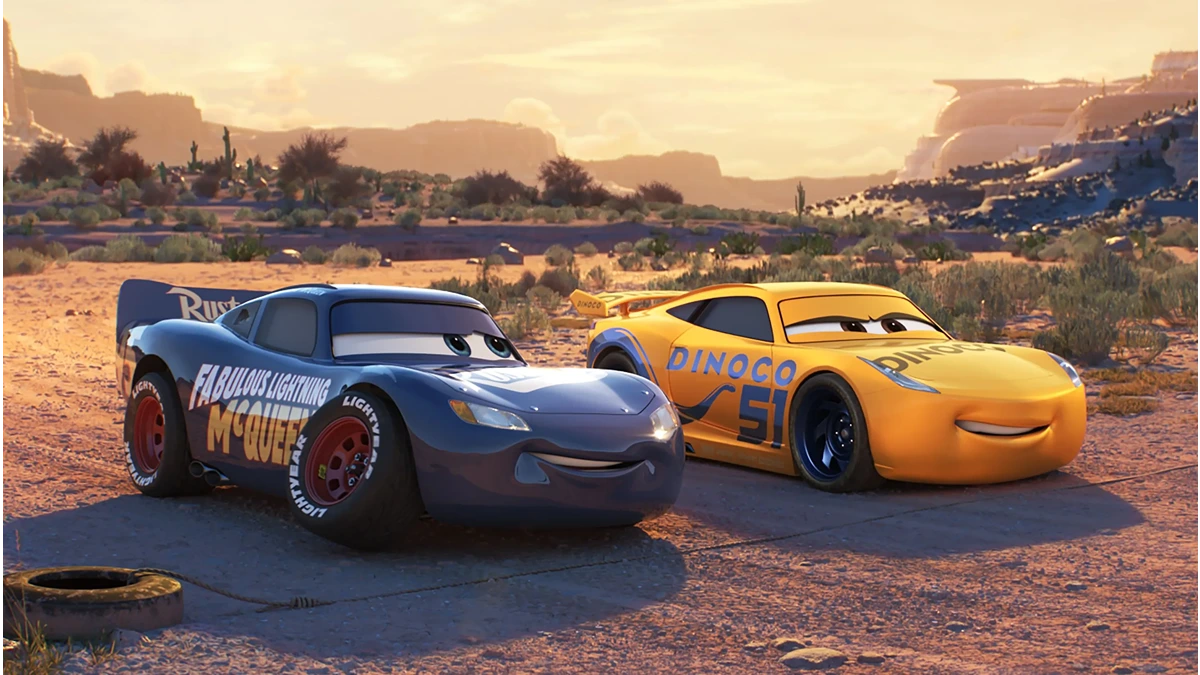
Lightning McQueen — the iconic race car — struggles with the racing world’s progress in Cars 3. New, high-tech racers challenge his dominance. McQueen must discover his inner strength and resilience to face obsolescence. He meets Cruz Ramirez, a lively trainer, who becomes his mentor and buddy.
The film’s themes of endurance, personal development, and torch-passing match the Pixar Theory. Lightning McQueen’s path in Cars 3 emphasizes the need for adaptability and mentoring, echoing other Pixar characters’ changes and life obstacles.
WALL-E
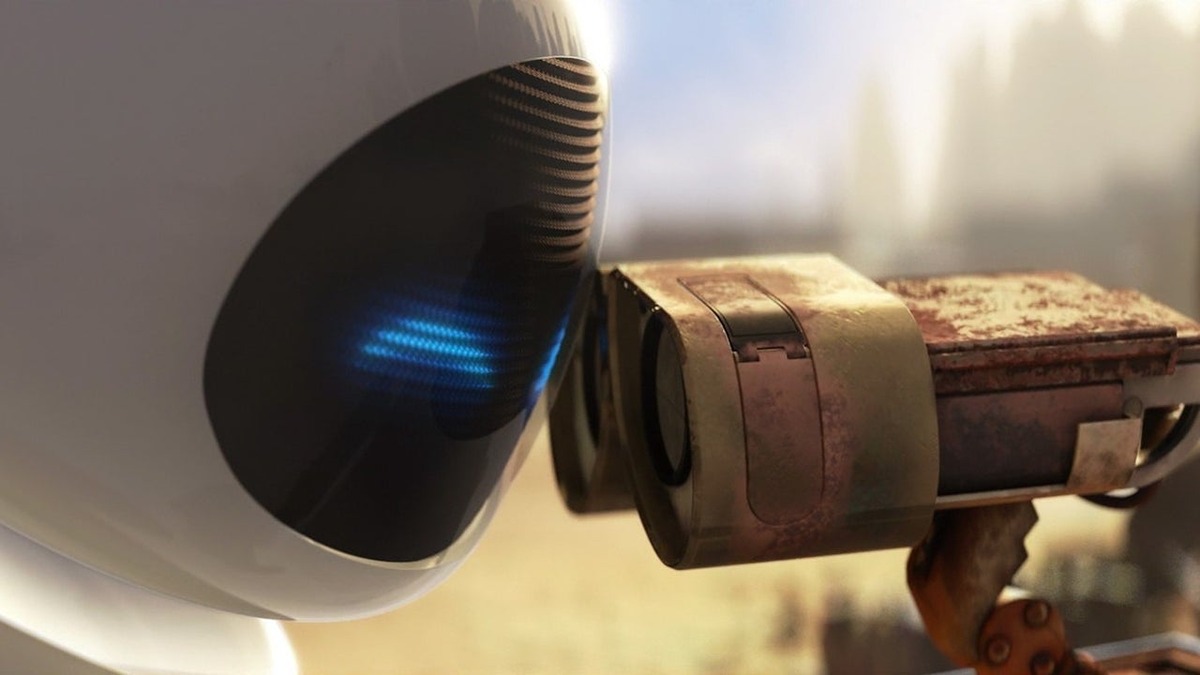
BnL’s dominance over global governments started in the 1950s, making Earth uninhabitable for generations. WALL-E is the only machine on Earth, surviving thanks to his love of human culture and his surprising relationship with a resilient cockroach. These partnerships preserve his character and purpose.
Robots and machines aboard the Axiom — a starship that left Earth decades ago — have grown and developed a deep sense of purpose from human dependence on them. WALL-E and EVE, his love interest, save humanity and start a new life on Earth.
In WALL-E, the final credits feature a shoe with the last plant life. It grows into a beautiful tree, symbolizing rebirth and connectivity in Pixar’s A Bug’s Life.
A Bug’s Life
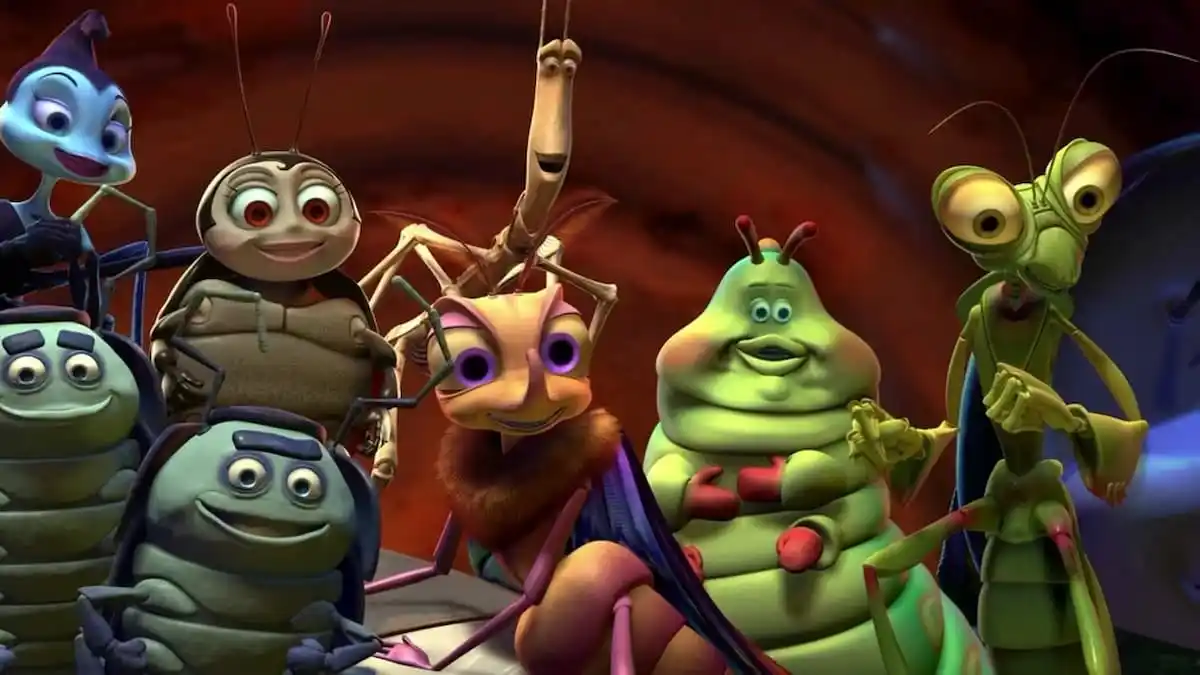
In the charming world of A Bug’s Life, an industrious colony of ants, led by the diligent Flik, must contend with a relentless group of grasshoppers. This delightful film delves into themes of unity and resilience, as the ants learn to come together and stand up against their oppressors. The ants discover the strength in their collective action and find the courage to challenge the status quo.
These themes of unity and the power of collaboration resonate deeply with the Pixar Theory, which underscores the significance of interconnectedness and shared efforts within the vast Pixar universe. In A Bug’s Life, just as in other Pixar films, the characters’ ability to overcome adversity and achieve their goals is intrinsically tied to their willingness to work together.
Onward
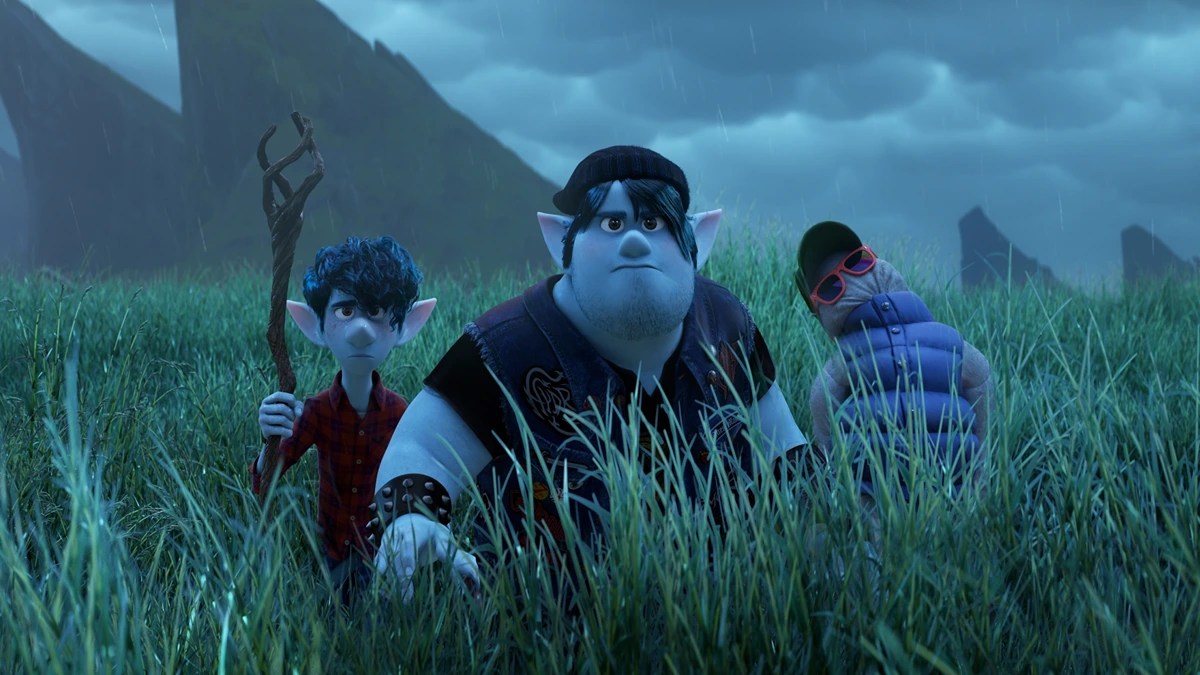
Some Pixar fans may not immediately see the connection between Onward and the rest of the Pixar canon. Its distinct combination of fairy tale fantasy and present-day themes make it a bit confusing to categorize.
The Pixar Theory, on the other hand, suggests that the anthropomorphic elves and other animals in Onward bridge the gap between the underpopulated Earth and the fascinating world of monsters shown in Monsters, Inc.
Monsters University
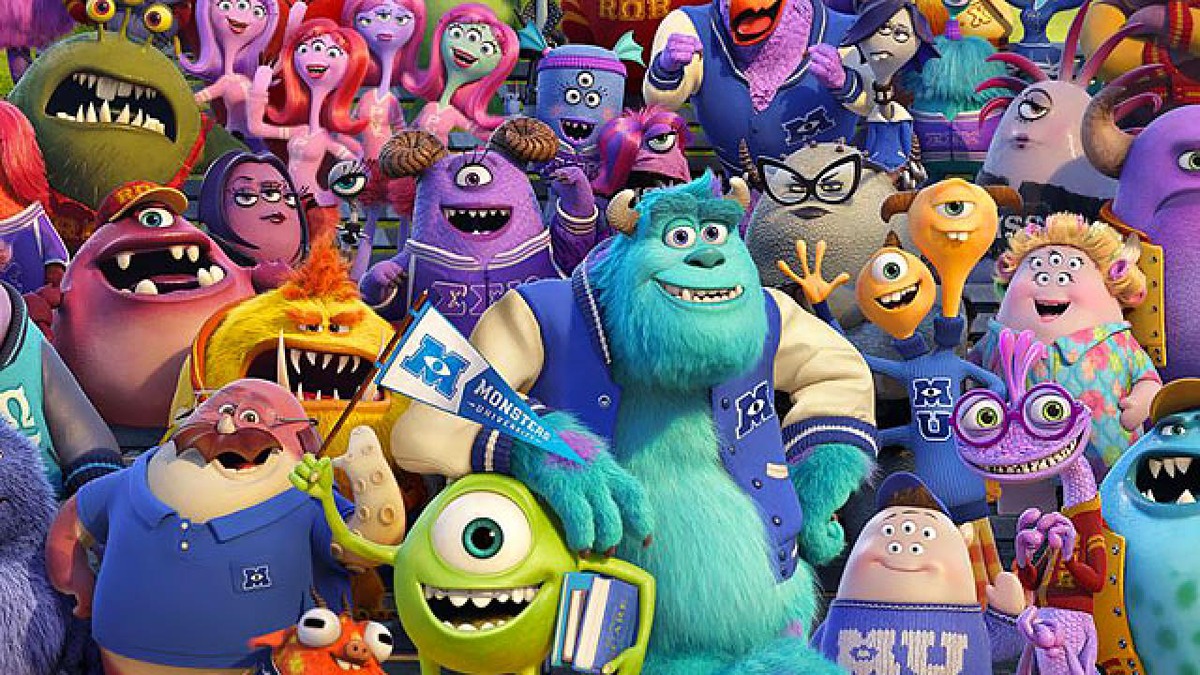
In the centuries following the events of WALL-E, the animal kingdom underwent a transformation, driven by radiation attributed to BnL’s actions. Over time, these animals evolved into creatures that came to be known as monsters, inadvertently leading to the disappearance of humans from the planet.
Monsters University, a pivotal institution in the monsters’ realm, was established in the year 4533, and marked according to the monsters’ calendar. This significant time reference places it nearly 1,400 years after the events depicted in A Bug’s Life.
Within the halls of Monsters University, a narrative unfolds where monsters are falsely taught that humans are toxic entities hailing from another dimension. This misconception stems from the monsters’ profound fear of being erased from existence and tampering with the course of history.
Monsters Inc.
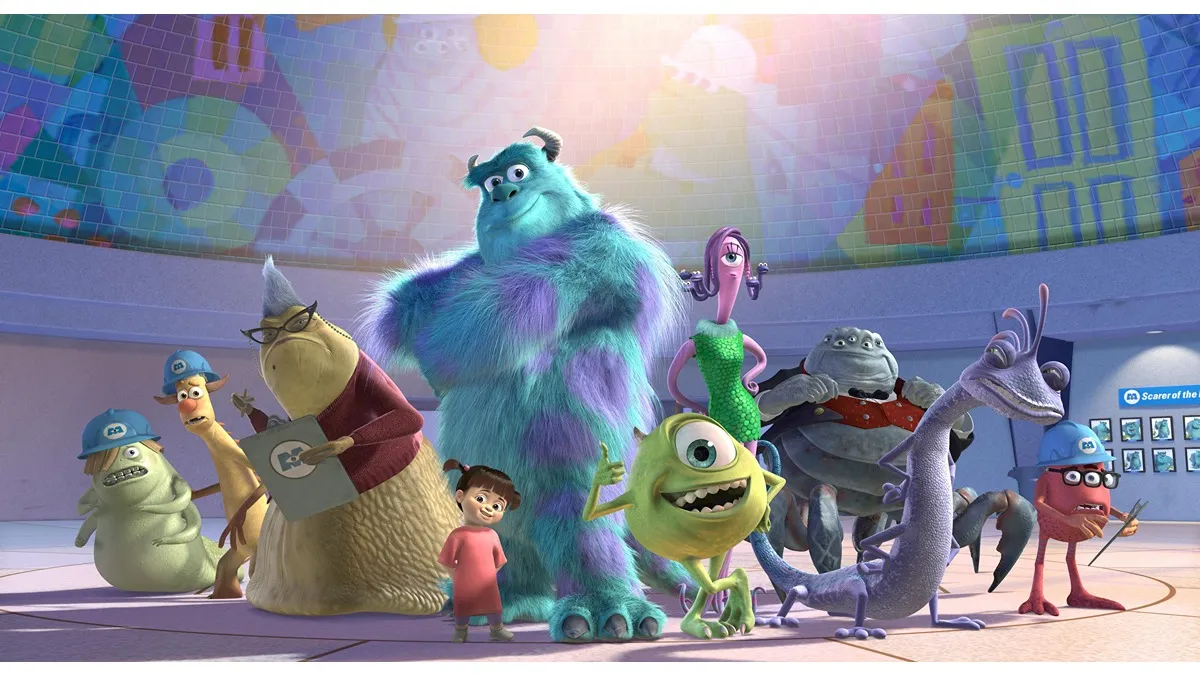
According to the Pixar Theory, the magical doors that connect to the human world serve as portals, allowing for travel to various locations and periods within human history. A compelling deduction made by the theory suggests that Boo, the young girl from Monsters, Inc., grows up to become the enigmatic witch in Brave.
After the heartfelt separation from Sulley at the end of Monsters, Inc., Boo, now an adult, opens the door to her closet only to find it empty, yearning to reunite with Sulley, unaware that he hails from the future. Ultimately, Boo realizes that the magical doors were the key to her earlier encounter with Sulley. Using the mystical power of the will-of-the-wisps, she harnesses the ability to create doors, facilitating time travel.
This connection explains the presence of a tribal drawing of Sulley and a wooden carving of the Pizza Planet truck in the witch’s cottage in Brave. It also clarifies why Merida, the heroine in Brave, could not locate the witch during the film’s climactic moments. The Pixar Theory intricately weaves these narrative elements together, showcasing the interwoven threads that connect various Pixar films within a shared universe.
So what do you think about the Pixar Theory? Is it too far-fetched? Or is it just so crazy that it actually makes sense? Either way, by watching Pixar films in chronological order, you explore the Pixar universe and gain new insights into your favorite characters and stories.
Pixar’s intricate storytelling, clever references, and creativity are highlighted by all these meticulously detailed strokes of art and brilliance. Go for the binge, and happy watching!

